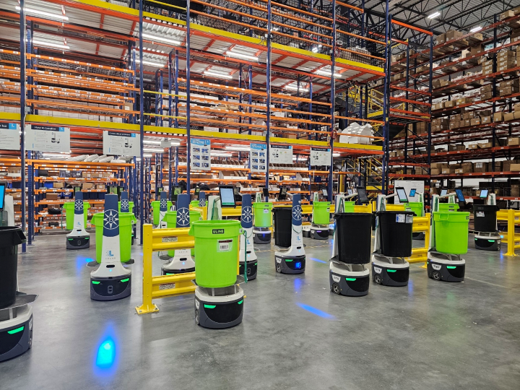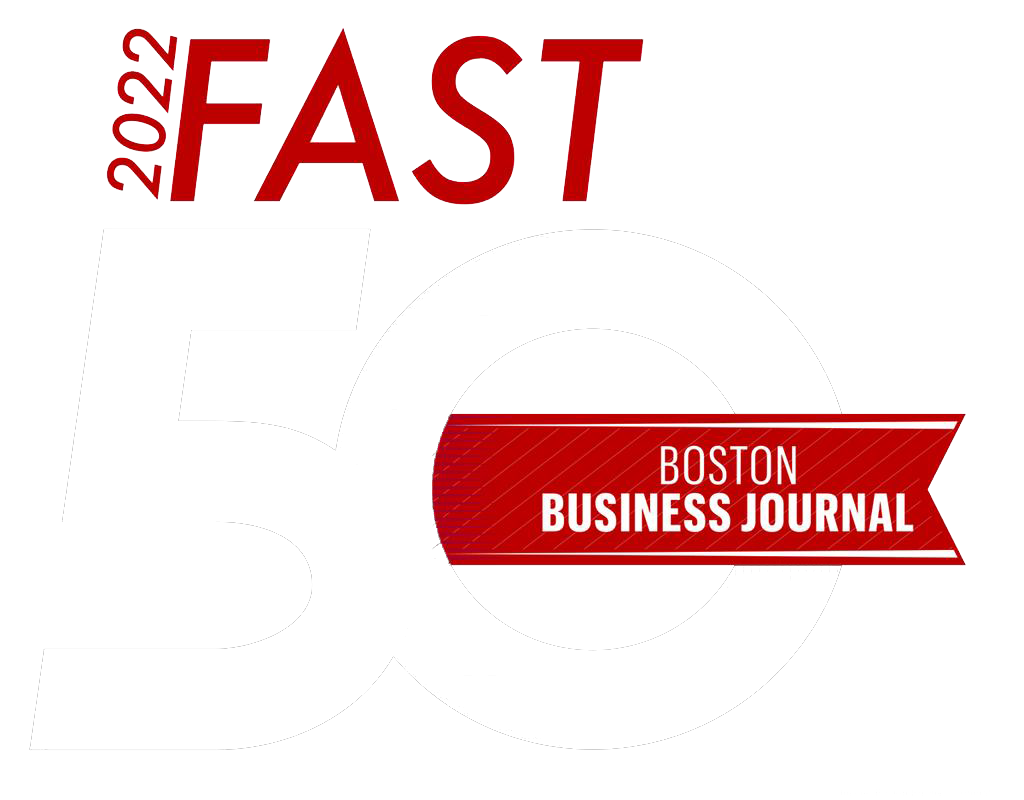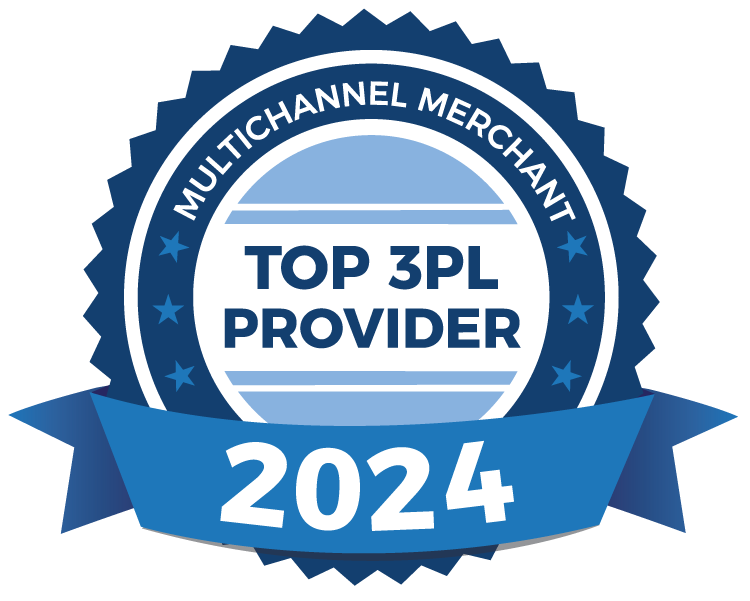Cosmetic Fulfillment Services: A Specialized Process
Thousands of dollars have been spent in advertising. Direct Mailers and VIP invitations have gone out in the mail. Sales projections from corporate are at an historic high. The big cosmetic product launch is less than a week away. Amanda Jones, a cosmetic manager for a major Health & Beauty retailer, is hoping the results are as big as the pre-show hype. Amanda has trained and prepared her team, ordered extra inventory, and re-designed the floor plan for her department. Everyone from the CEO to the newly hired sales member is anticipating the most successful cosmetic launch event in the history of the company. The pressure is on.
Although Amanda and her team have prepared for every conceivable scenario, there are fulfillment and distribution processes that must be tightly managed to ensure the success of the event. How the product is stored, transported, and delivered from the manufacturer to the point of sale may be the single most decisive item in determining the outcome of this event. As Hazmat classified, cosmetic products require a specialized, punctual, and reliable logistics process. If this process is not followed, all of the aforementioned efforts by Amanda and her staff will go unnoticed.
The fulfillment process for cosmetic products is different from other industries as there are specialized requirements regarding the storing and transporting of these items. We have listed four indispensable aspects that contribute to a successful cosmetic fulfillment center.
- High Volume: In peak sales times, like holidays or promotional periods, beauty products are in high demand. In most cases, cosmetics fulfillment entails managing a high volume of very small, delicate products. Consequently, managing the inventory, labeling, and pick & pack process requires a high-level of expertise. Cosmetic goods often require specialized assortment, customized gift wrapping, and/or store-specific packaging, making a proven fulfillment process essential to their timely and accurate delivery.
- Temperature & Handling Restrictions: The vast majority of cosmetic products require specialized storage amenities such as temperature controlled environments, updated sprinkler systems and ceiling clearance. In some instances, cosmetic products require professionals with qualified expertise to store and distribute the products.
- Navigate Licenses: In addition to the standard warehouse and hoisting licenses required to operate a warehouse, you must also be certified to accept cosmetics products into your building. There are many organizations and government agencies that require licensing, including the Department of Transportation, OSHA and the Federal Drug Administration. Any employee who handles, packages or comes into contact with these products must be trained and certified.
- On Time Delivery at Competitive Cost: The beauty industry is heavily driven by marketing. In order to minimize disruptions in service and service failures, marketing strategies must be planned in conjunction with logistics. When logistics companies can prepare for peak marketing events, it drives improvements timely and accurate delivery. Additionally, the logistics side can operate at a much more cost effective manner when it is not in a “reactionary mode."
Amanda may not know much about the temperature and handling restrictions required of a cosmetic fulfillment center. However, she does understand how her customer will react when the heavily promoted and highly anticipated product launch produces damaged cosmetic products. Likewise, a qualified fulfillment company understands the magnitude of following the appropriate processes set in place for the safe and accurate delivery of cosmetic goods. Aligning the expectations of the consumer with the requirements of the cosmetic industry should be the goal of any fulfillment company. When this goal is accomplished, cosmetic executives, like Amanda, can take one step closer to a successful promotion and event.
Recent Blog Posts
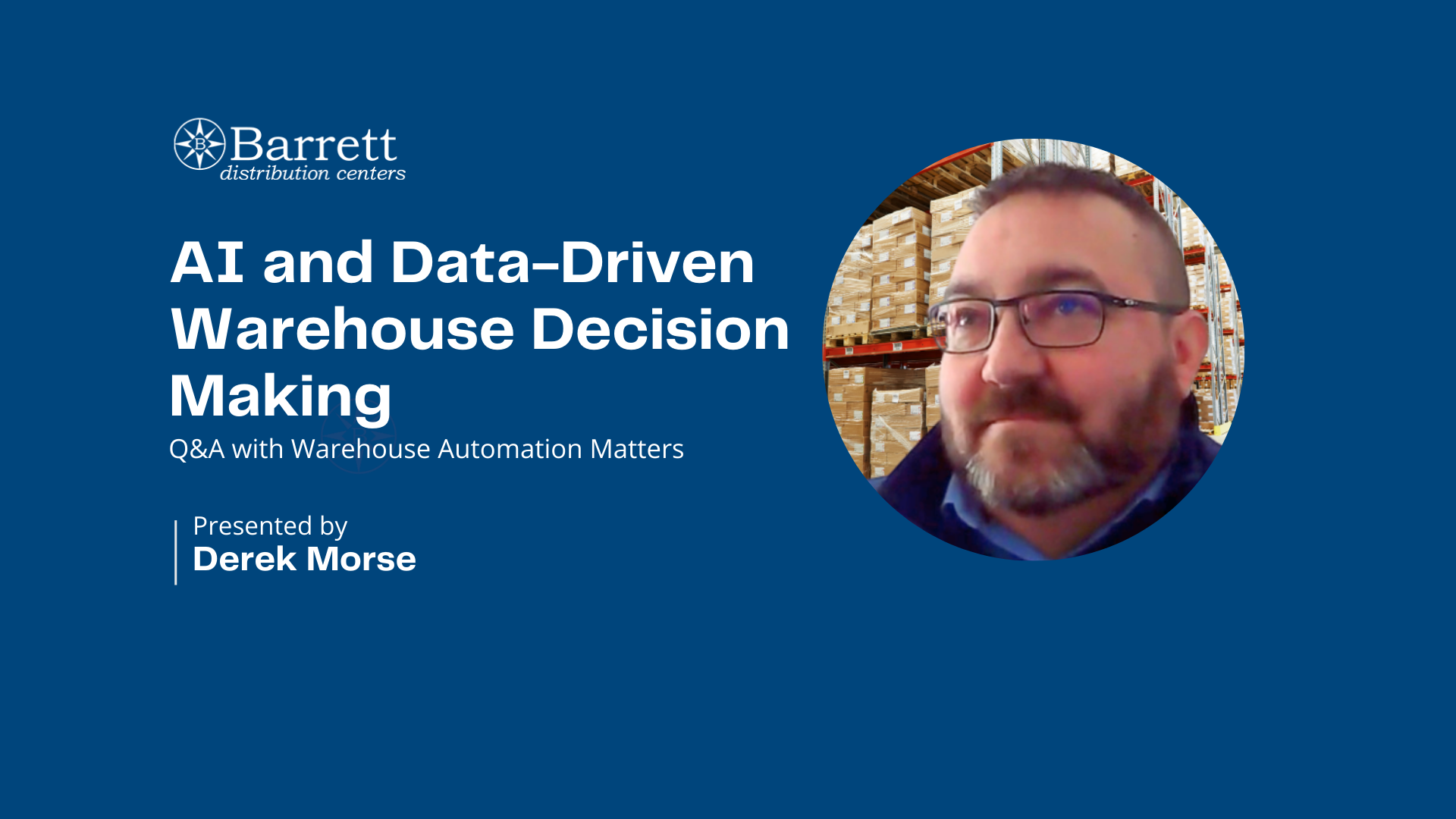
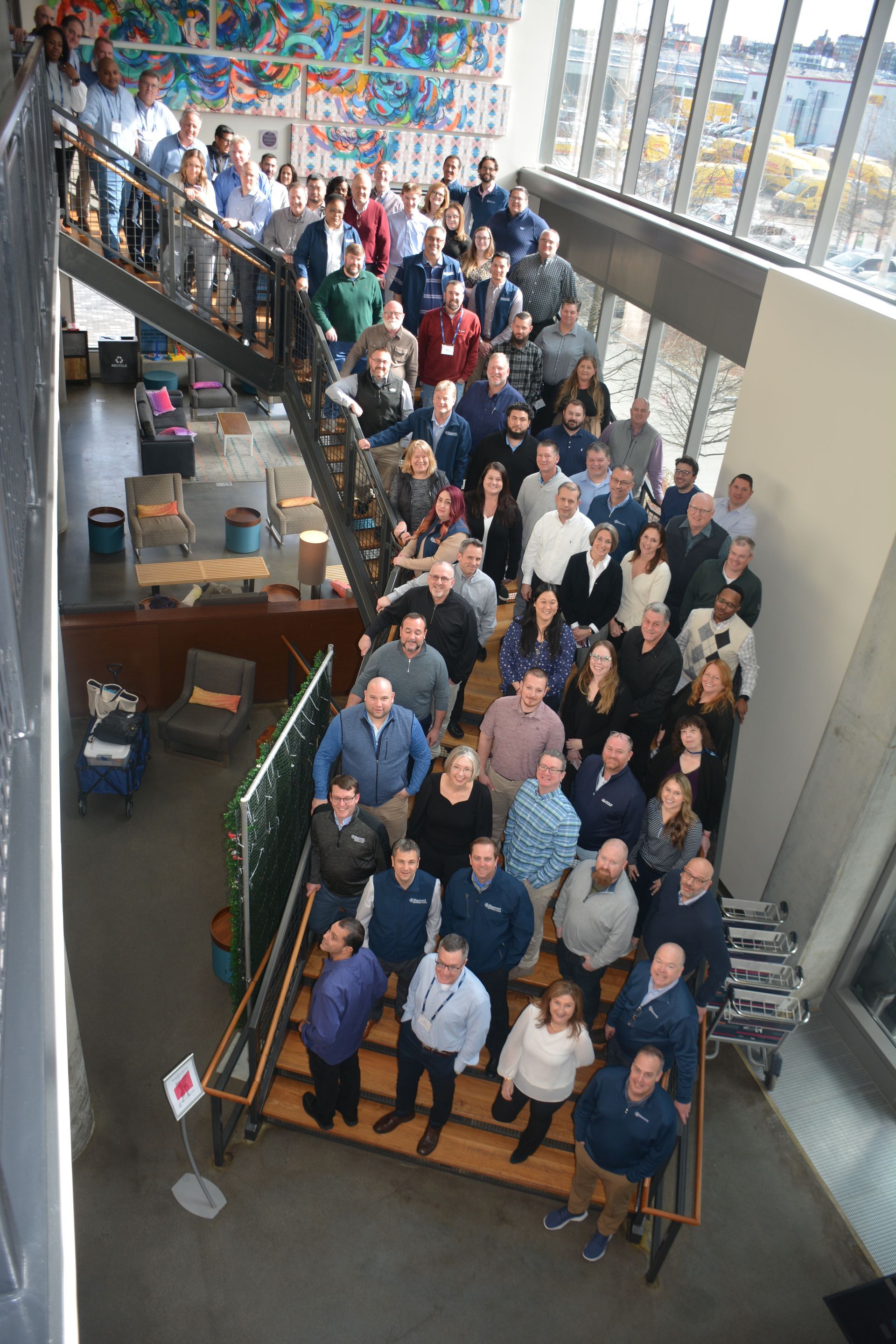
��ɫ���� | Barrett Distribution Centers
